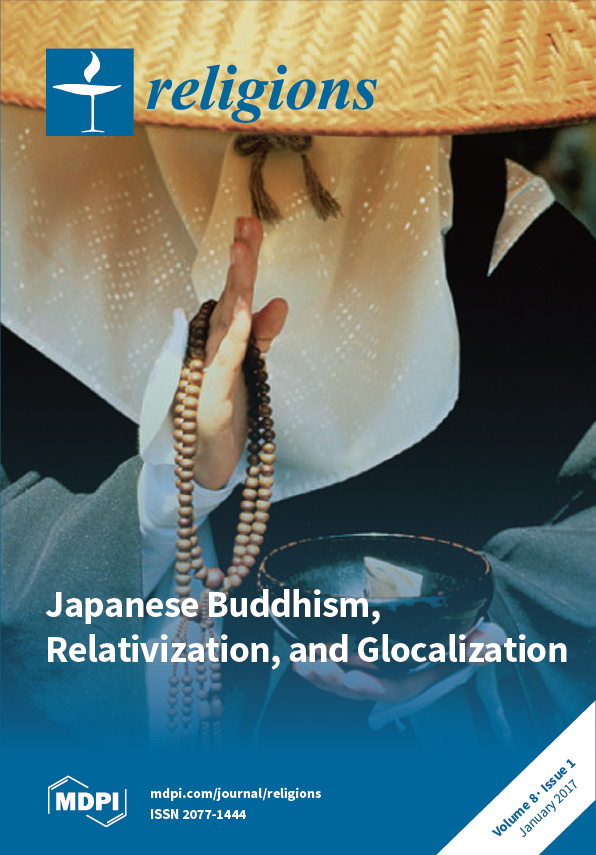Despite renewed interest in roles played by Christianity in the poetry of Elizabeth Barrett Browning (EBB), few scholars have discussed her treatment of the body of Christ—understood as both the figure of Christ and his body of followers—in her antislavery poem, “The Runaway
[...] Read more.
Despite renewed interest in roles played by Christianity in the poetry of Elizabeth Barrett Browning (EBB), few scholars have discussed her treatment of the body of Christ—understood as both the figure of Christ and his body of followers—in her antislavery poem, “The Runaway Slave at Pilgrim’s Point”. This article argues that “The Runaway Slave” reworks portrayals of the body of Christ in transatlantic abolitionist print culture. It examines the poem in its original context of publication in the 1848 issue of
The Liberty Bell, the Boston-based antislavery annual. As EBB would have known from earlier issues of the annual that she received before writing her poem, its contributors—primarily though not exclusively privileged northern whites—represented themselves as messianic martyrs whose Christ-like suffering would liberate slaves. EBB’s poem challenges this self-glorifying rhetoric, in part by making a refrain out of words from Samuel Taylor Coleridge’s well-known poem
The Rime of the Ancient Mariner. This refrain indicates that the symbols used by
Liberty Bell authors to portray themselves as messianic martyrs might, to those they labor to liberate, seem perversely bound up in slavery and the color binary used to justify it. “Runaway Slave” further suggests that the
Liberty Bell’s messianic rhetoric, like the slave system itself, parodies Christ’s sacrifice of himself for the good of others. In both cases, wittingly or not, whites seek to turn the bodily agony of blacks to their benefit, whether ethical or economic. Stressing that such parodies of the crucifixion only perpetuate racial violence, the poem pursues what we might call a post-secular vision of Christ’s body, suggesting that people can through love act as members of Christ outside of any official church body. EBB’s poem nevertheless risks trading in the abuses it critiques—a risk, the material history of her poem indicates, of which she might have been aware.
Full article





